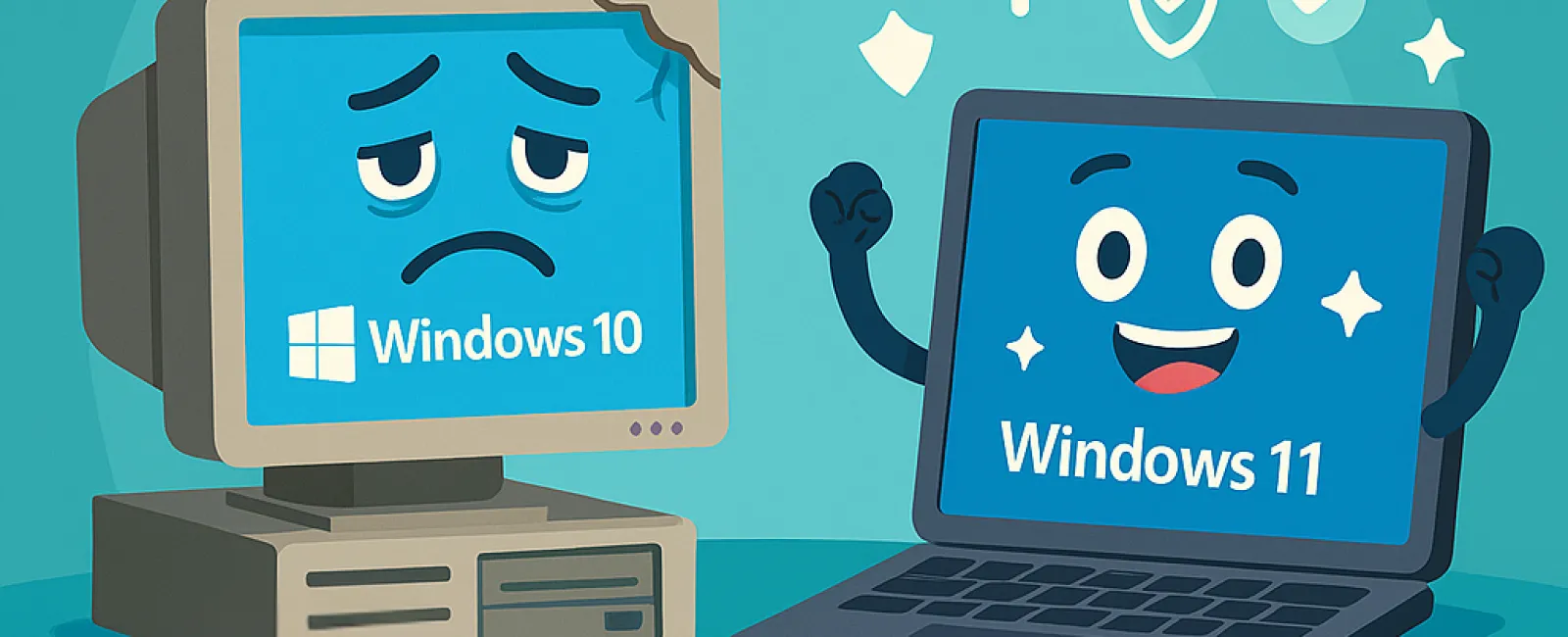September 22, 2025
While it might seem budget-friendly to cling to outdated technology, the hidden costs far outweigh the savings. Relying on aging hardware and obsolete software can severely impact your business's productivity, inflate expenses, and expose you to significant security threats.
Understanding the True Expense
Outdated technology drains your business in several critical ways. Older systems operate sluggishly, slowing down your team's workflow and reducing overall efficiency. Moreover, these systems are prone to unexpected failures, leading to costly downtime that disrupts your deliverables.
Security risks also escalate with outdated tech. Unsupported software and hardware no longer receive vital security patches, leaving your business vulnerable to cyberattacks. Hackers exploit these weaknesses to gain access to your sensitive data. Updating to the latest technology is essential not only for protection but also to ensure compliance with industry regulations.
When Is It Time to Upgrade Your Technology?
Watch for these clear signs that your tech needs replacement:
1. Your systems run on Windows 10 or earlier.
With Microsoft ending support for Windows 10 in October 2025, continuing to use it poses serious cybersecurity and compliance risks. Without security updates, your systems become vulnerable. Start planning your upgrade to Windows 11 today to safeguard your business.
2. Persistent IT issues disrupt your operations.
Repeated crashes and slow performance are more than just annoyances—they signal failing technology. These problems frustrate your team, increase downtime, and reduce productivity, ultimately costing your business valuable time and resources.
3. Your software can't integrate with modern tools.
If legacy software limits your ability to connect with mobile apps or cloud services, it restricts your business's growth and efficiency. Upgrading enables seamless integration with new technologies, enhancing client service and scalability.
4. Your devices slow down your team's workflow.
Computers that take too long to start, freeze, or crash during critical tasks like video calls hinder productivity. Devices older than three to five years should be evaluated for performance and energy use to prevent these inefficiencies.
5. Your security systems are outdated.
Using firewalls or antivirus software that haven't been updated in years puts your data at risk. Cyberthreats evolve rapidly, and outdated defenses are prime targets for ransomware and other attacks. Keeping your security measures current is vital.
Worried about the cost of upgrading? While it may seem expensive upfront, holding onto slow, outdated technology often leads to higher expenses through lost productivity, security breaches, and frequent repairs. Fortunately, there are cost-effective upgrade strategies that keep your business running smoothly without overspending.
Partner with Experts to Simplify Your Tech Transition
If you want a trusted team to guide you through upgrading your technology and keep you informed about obsolescence, reach out to us for a FREE 15-Minute Discovery Call. In this brief consultation, we'll outline the best steps to enhance your business's security, productivity, and cost-efficiency. Schedule your session by calling 720-449-3379 or click here.




